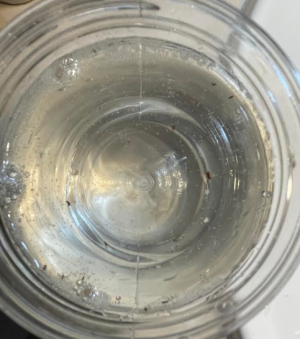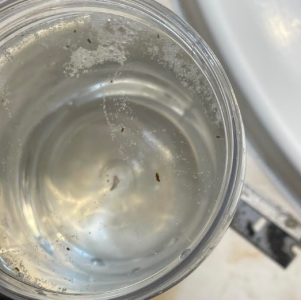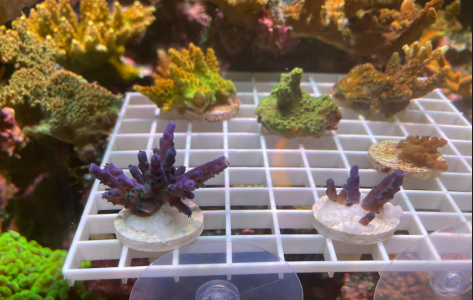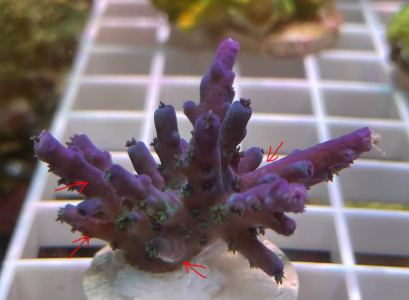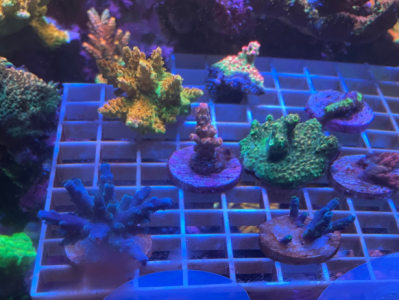Let these images serve as a good reminder to always inspect AND DIP any corals you get before they go in your tank. Inspecting this acro closely under white daylight showed bite marks, but no visible pests, but I know better. Hydrogen peroxide revealed not one, but two types of flatworms; acro eating flatworms and some other type of planarian, and a couple of other smooth worms living in the coral skeleton. DIP YOUR CORALS FOLKS!
